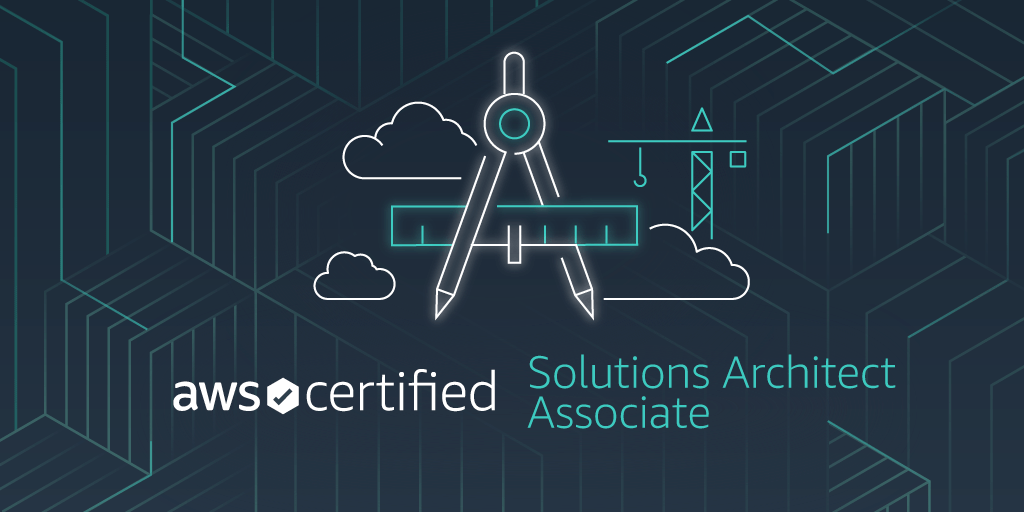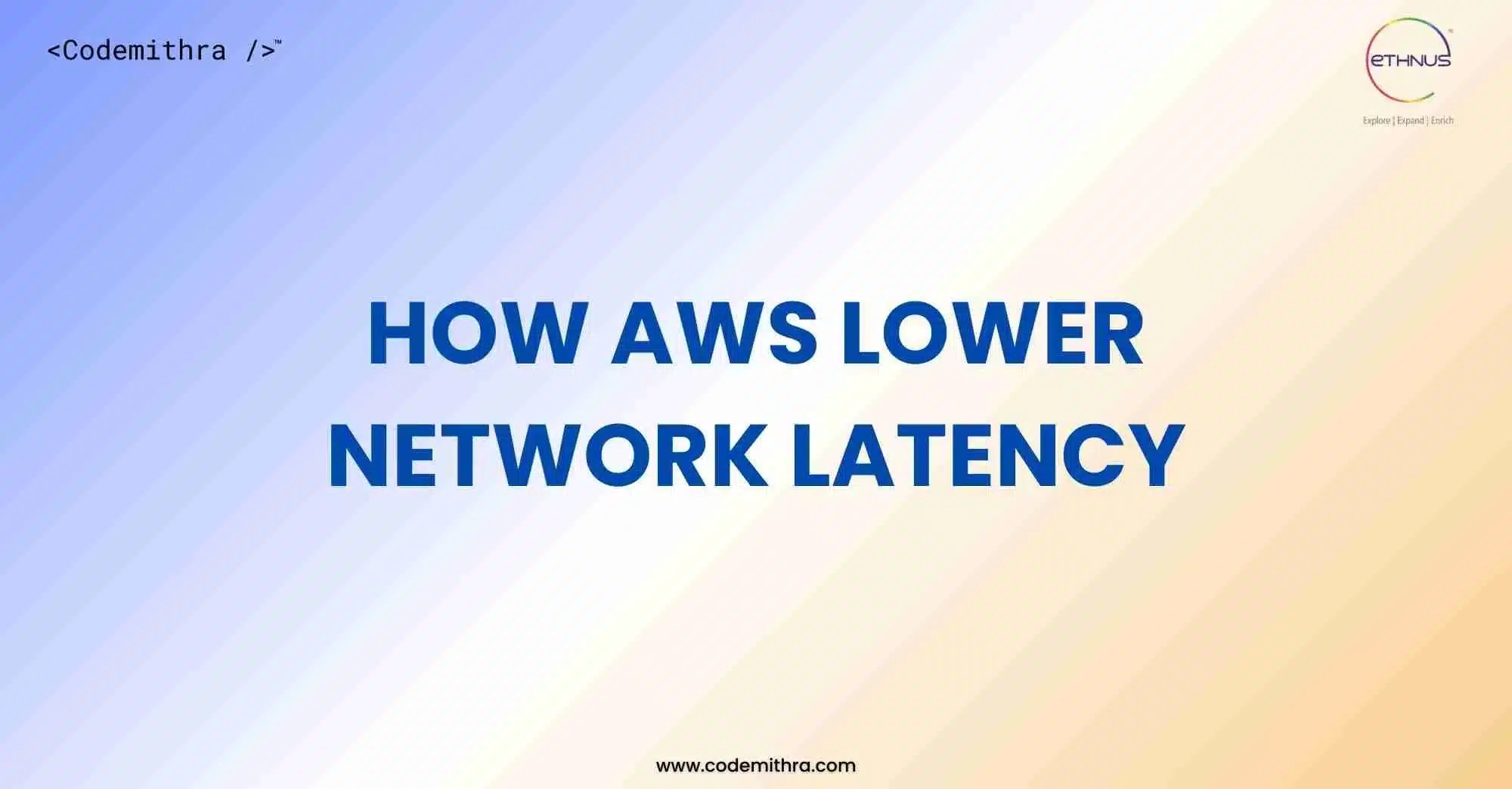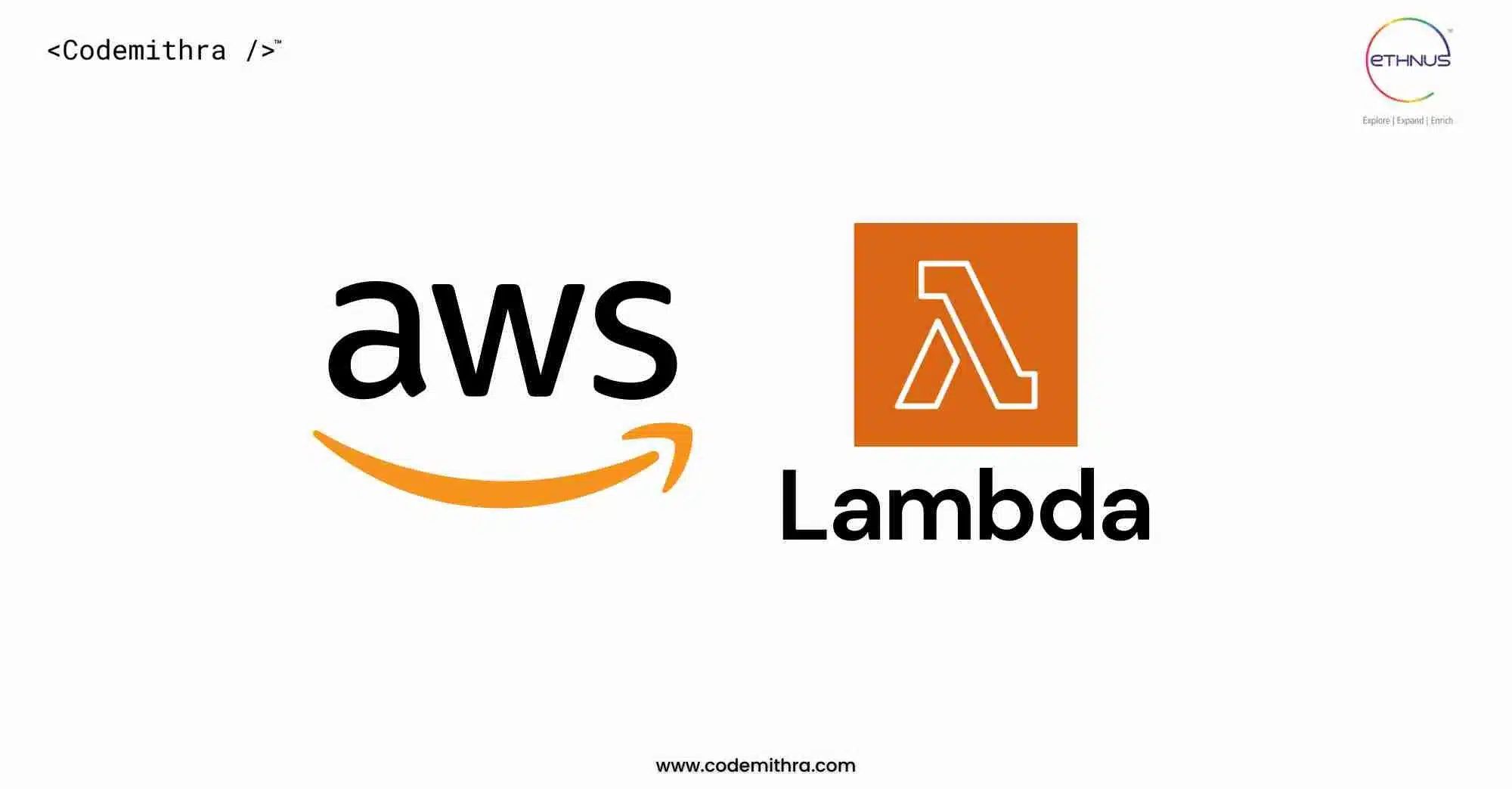
Amazon Web Services, abbreviated as AWS is a cloud computing platform run by a most valuable publicly traded company Amazon. By the definition of cloud computing it’s clear that it is the one that provides resources as services. Amazon provides all types of services from e-commerce to cloud and AWS being one of it, is the most popular cloud computing service used by different organisations and businesses, helping them run smoothly and effectively. As we go deep into this article I would be giving a clear idea on roles and responsibilities of a solutions architect and would be even suggesting courses and tutorials for AWS solutions architect. Keep reading to know more!
A shallow dive into being a solutions architect
As the name suggests, the sole responsibility of an AWS solutions architect is to architect cloud solutions and deploy them on AWS cloud infrastructure. The term ‘Solutions Architect’ merely means the one who plans proper services to be used and their interaction in order to find reliable solutions for a problem that needs to be solved on cloud. An example for such a problem can be high data traffic to a web application on cloud. My course and a week-long project under Ethnus Codemithra stuffed interests in me about cloud and its available platforms where I began to take keen interest in AWS.
Before we move on to who exactly a solutions architect is, lets know some basic categories of services provided by AWS. Cloud computing services are basically virtual environments operating in a particular region. As for AWS, it provides various services like servers eg:EC2 instances, storage eg: S3 storage service, networking eg:ELBs, security eg:IAMs and databases eg:RDS and so on. One of my favorite features that AWS or any cloud computing platform provides is the auto scaling service for an instance or a server. To be more clear, instances are like virtual laptops or servers and scaling them is increasing and decreasing them virtually. Consider a company ‘A’ has launched an instance(virtual computer or server) with their website or application, is all of a sudden facing high data traffic and auto scaling property of AWS scales the number of virtual computers or instances by itself, if architected in the right way and is done with the help of few other services that AWS provides. It’s possible to make our applications on instances, interact with a database service offered by AWS just with a few hours of architecting and planning the proper type of database and proper routing methods. All of these won’t happen by itself magically and there must be someone to design and plan. This person is none other than a solutions architect.
For this concept of solutions architecting to be more clear, let me give an example that I experienced whilst working on AWS. During the week-long project on AWS, I had to make services of AWS interact with each other, decide routing gateways, interact with instances and all this is nothing but solutions architecting.
So in a nutshell, a solutions architect is the one who decides proper services to be chosen and makes services interact with each other ensuring high performance, reliability and security.The main reason behind companies switching to cloud is, it cuts cost and saves a lot of company expenditure as they don’t have to invest in on-premises infrastructure any more. For example, imagine company ‘A’ has physical servers in their organisation, handling data traffics to their applications and when inorder to satisfy requests to server during high data traffic days, the number of servers or virtual computers has to be increased physically in numbers, say if 100 computers are needed it increases the cost expenditure by a great amount and this problem of companies is efficiently solved by cloud computing platforms.A solutions architect not only cuts costs but also effectively handles usability,reliability, scalability and performance. They even handle data breaches, application downtime risks and calculation errors hence minimizing risks any organization may face.
Why AWS Solutions Architect?

Cloud professionals are the one,that are well paid in the present world of technology and when we have different cloud platforms like GCP , Azure, Alibaba cloud and so on you might think why is it necessary to choose AWS as your career path? The answer is as simple as the question.AWS professionals are having more job opportunities than other cloud professionals like Azure or GCP(Google Cloud Platform). Getting certified as an AWS Solutions Architect is like a kickstart to a great, well paid career at AWS.
How to become one?
There are 4 levels of exams that AWS offers.
1. Foundational level
2. Associate level
3. Professional level
4. Speciality level
In order to become an AWS solutions architect one needs to clear AWS Certified Solutions Architect – Associate Certification.
The following are details about the examination:
Total exam score can be from 100 to 1000 and passing marks will be 720 based on the difficulty level of the examination.Examination fee for associate level is $150 and practice exam would additionally cost $20, for professional level the exam fee would be $300.Exams can be taken in different languages such as English, Japanese,Korean and Simplified Chinese.
How to schedule an Examination for Solutions Architect?

Visit AWSCertification https://aws.amazon.com/certification/
Scroll down and click on “Architect”
Click on “Register now”
Click on “AWS Certification Account”
Sign in though your Amazon(not AWS account) account if it exists, else create a new one and then sign in.
Click “Schedule Exam”
Click continue and select your language as well as region
Select the month of examination as of when you want it to be conducted and search for an exam centre and select as per your choice.
Pay for the exam
Once all these steps are complete and your payment is processed you will be officially registered for the exam.
The exam contains five main sections, which are:
1. Design Resilient Architectures (34%):
Knowledge of storage services like S3, Glacier, and EBS
A good knowledge of decoupling mechanisms like AWS SNS
Knowledge of creating a multi-tier architecture
architecting for high availability,fault-tolerance and reliability
2. Define Performant Architecture (24%):
Knowledge of AWS database services like RDS, Redshift, and DynamoDB
Detailed knowledge of AWS Elasticache and improving performance through it.
Designing scalable solutions using AWS Lambda, AWS CloudWatch, and AWS Data Pipeline
3. Specify Secure Applications and Architectures (24%):
Knowledge of AWS Inspector, AWS CloudTrail, and AWS IAM and using them to design secure applications
Data security management using AWS CloudHSM and AWS Macie
Knowledge of defining the network infrastructure with AWS CloudFront, AWS VPC, and Elastic Load Balancer(ELB)
4. Design Cost-Optimized Architectures (10%):
Design cost-optimized compute solutions using EC2, Elastic Beanstalk, Lambda, and Lightsail
Knowledge of storage services and designing cost-effective storage solutions using S3, Glacier, EBS, and Elastic File System
5. Define Operationally Excellent Architectures (6%):
Anticipate and tackle failures
Annotate documentation
Make frequent, small, and reversible changes
Perform operations as code
Getting Started
There are multiple online courses provided by various online course platforms like Udemy, Ethnus Codemithra, Coursera, Simplilearn as well as AWS itself has made preparation materials and tutorials available on their website, in order to access it visit https://www.aws.training/.I would suggest a beginner in AWS to either learn through AWS website mentioned above where the materials and videos are prepared by AWS with in depth explanation and in exam point of view or enroll for the course provided by Ethnus Codemithra on AWS Architecting and AWS Technical Essentials where every basic details of AWS is clearly explained and through my experience is the best course on AWS.





